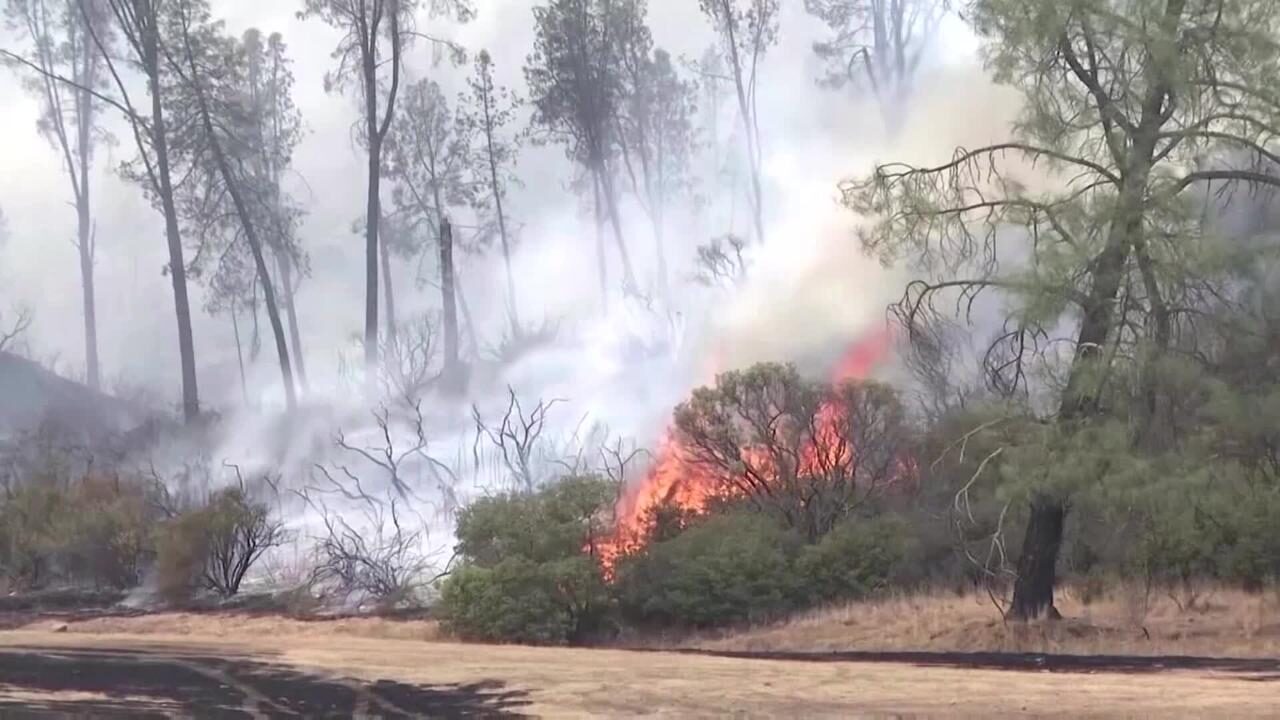
NEW DELHI: “Through end of the century, the likelihood of wildfire events comparable to Australia’s Black Summer in 2019-2020 or the massive Arctic flames in 2020 occurring in a given year is anticipated to grow by 31-57 per cent,” stated a report commissioned by the United Nations Environment Programme.
Landscapes are becoming tinderboxes as the earth warms, and much more extreme weather implies stronger, hotter, and drier winds to stoke the fires. Wildfires are raging where they have always been, as well as in unexpected places like thawing permafrost and drying peatlands. According to the paper, there are already more fires in the western United States, northern Siberia, central India, and eastern Australia. Massive wildfires, which can burn for days or weeks without being put out, can cause respiratory and cardiac difficulties, especially in the old and young.
According to a recent study published in The Lancet, wildfire smoke causes more than 30,000 deaths per year on average in 43 countries. The survey indicated that wildfires are likely to grow in Indonesian tropical forests and the southern Amazon of South America. “Uncontrollable and catastrophic wildfires have become an expected part of the seasonal calendars in many areas of the world,” warned Andrew Sullivan of Australia’s Commonwealth Scientific and Industrial Research Organisation and one of the authors. However, UN researchers claim that many countries remain to spend too much time and money combating fires rather than preventing them. Space use changes, such as logging, which leaves debris that can readily burn, and forests that are purposefully lit to clear land for farming, can exacerbate fires, according to the paper.

